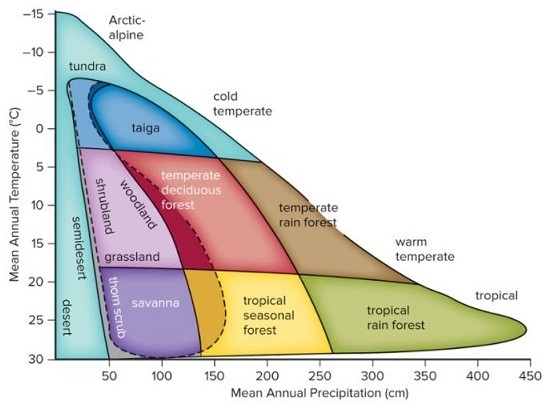What is not an ecological role of mangals?
a. They stabilize sediments with their root system
b. They provide detritus for food chains to occur.
c. They are direct subjects of herbivory.
d. They serve as a nursery and refuge to animals.
c
You might also like to view...
Mycorrhizae enhance plant nutrition mainly by _____
A) absorbing water and minerals through the fungal hyphae B) providing sugar to root cells, which have no chloroplasts C) converting atmospheric nitrogen to ammonia D) enabling the roots to parasitize neighboring plants E) stimulating the development of root hairs
In an approach called ________ taxonomy, relatedness is determined by a wide range of phenotypic and genotypic information.
Fill in the blank(s) with the appropriate word(s).
Multiple models were proposed to explain replication. What experimental approach allowed researchers to distinguish between them?
A. Cells were pulsed with high specific activity [3H] thymidine to show the direction of DNA synthesis on the chromosome. B. Cells infected with T4 bacteriophage were grown in the presence of radioactive nucleotides. When DNA was analyzed in alkaline CsCl gradients, the presence of short DNA fragments indicated that discontinuous replication had occurred. C. Bacteria were grown on 15NH4 until the entire DNA contained heavy nitrogen and then the cells were transferred to normal, light media for one round of replication. The resulting DNA molecules were separated in density gradients and compared to the expected results for each proposed model. D. Bacteria were grown on [3H] thymidine until the entire DNA contained heavy thymidine and then the cells were transferred to normal, light media for one round of replication. The resulting DNA molecules were separated in density gradients and compared to the expected results for each proposed model. E. None of these choices is correct.
What biome has a mean annual precipitation over 250 cm. with relatively little seasonal variation, and warm temperatures over 20°C?
A. tropical dry forest B. taiga C. temperate rain forest D. savanna E. tropical rain forest